Global Opportunities: Exporting Outdoor Furniture and Thriving in International Markets
In today’s interconnected world, exporting outdoor furniture to international markets presents a wealth of opportunities for businesses seeking growth and expansion. With the right strategies in place, exporters can tap into diverse consumer bases, capitalize on emerging trends, and establish a global presence.
However, thriving in international markets requires more than just shipping products across borders. It necessitates a deep understanding of the unique demands, regulations, and cultural nuances of each target market.
In this article, Eco Tech will explore some key considerations for exporting outdoor furniture and how to ensure compliance with regulations and customs requirements. Additionally, we will delve into the development of effective marketing strategies that resonate with consumers in diverse cultures, languages, and regions.
1. Explore potential markets and grasp each country’s regulatory environment
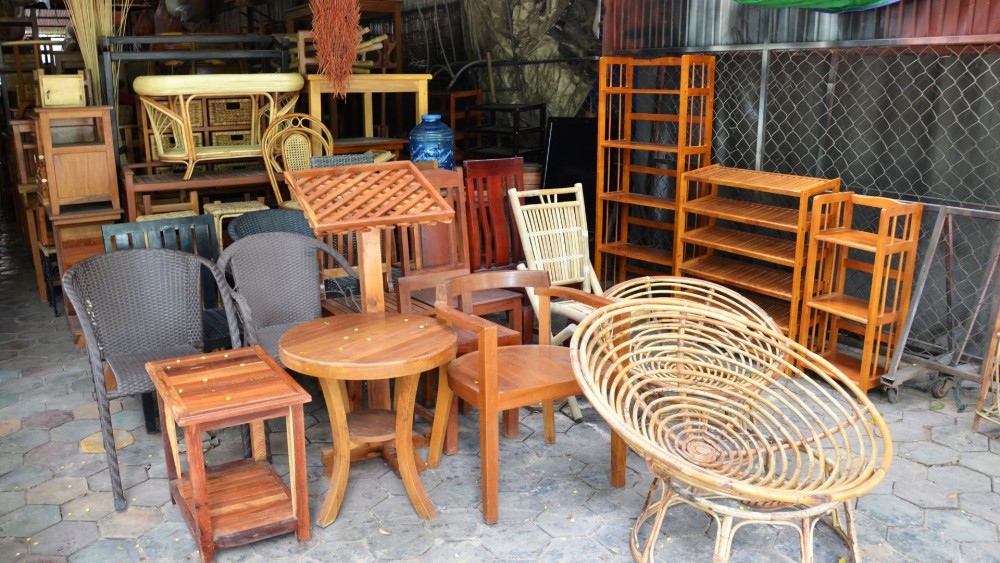
The first step in exporting outdoor furniture is to identify potential markets and understand the regulatory environment in each country. Countries have different furniture import regulations, including product safety standards, labeling requirements, and environmental regulations. It is important to research these regulations thoroughly to ensure that your products meet all the requirements.
In addition to regulatory compliance, it is essential to consider the cultural and aesthetic preferences of different markets. What works in one market may not work in another, so you must adapt your designs and marketing strategies to suit each market’s specific needs and preferences.
2. Master the customs procedure
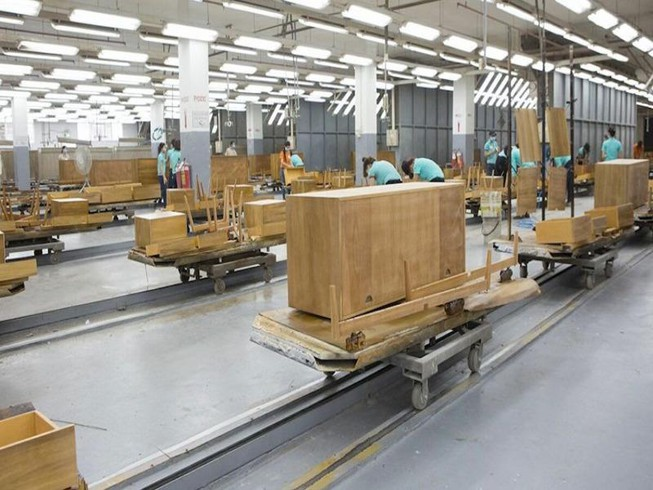
Once you have identified potential markets, the next step is to navigate the customs process. This can be a complex and time-consuming process involving the preparation of customs documentation, payment of tariffs and duties, and compliance with various customs regulations.
Many outdoor furniture manufacturers work with customs brokers or freight forwarders, such as Chamber Customs, to streamline the customs process and ensure compliance with regulations. These professionals can help navigate the customs process, ensure all necessary documentation is in order, and help minimize the risk of delays or penalties.
Another key consideration when exporting outdoor furniture is the packaging. Outdoor furniture can be bulky and heavy, and it is essential to ensure that it is packaged securely to prevent damage during transport. In addition, different markets may have different packaging requirements, so it is important to research these requirements and ensure that your products are packaged appropriately.
3. Customizing products for international markets
When exporting outdoor furniture to international markets, customization plays a crucial role in meeting the unique preferences and requirements of different target markets. By tailoring products to local tastes, cultural factors, and environmental conditions, exporters can maximize their chances of success. This section explores the importance of product customization and provides key considerations for adapting outdoor furniture designs to international markets.
-
Understanding Local Tastes and Preferences:
- Conduct market research to gain insights into consumer preferences in the target market.
- Consider factors such as design styles, colors, materials, and functionality favored by the local population.
- Adapt product features, finishes, and sizes to align with the cultural and aesthetic preferences of the target market.
-
Adapting to Climatic and Environmental Factors:
- Recognize the impact of climate and weather conditions on outdoor furniture usage.
- Modify materials and construction techniques to ensure durability and resistance to local weather conditions (e.g., moisture, heat, or extreme cold).
- Offer options suitable for different outdoor environments, such as coastal areas or regions with high UV exposure.
-
Balancing Quality and Affordability:
- Assess the target market’s price sensitivity and affordability levels.
- Strive to maintain the quality standards of the products while optimizing the cost structure for competitive pricing.
- Consider alternative materials or manufacturing processes that can help reduce production costs without compromising quality.
-
Localization of Product Features:
- Incorporate functional and design elements that cater to specific cultural or regional needs.
- Adjust product dimensions or configurations to accommodate local living spaces or cultural practices.
- Integrate local motifs, patterns, or symbols to enhance the appeal of the outdoor furniture in the target market.
4. Consider the logistics involved
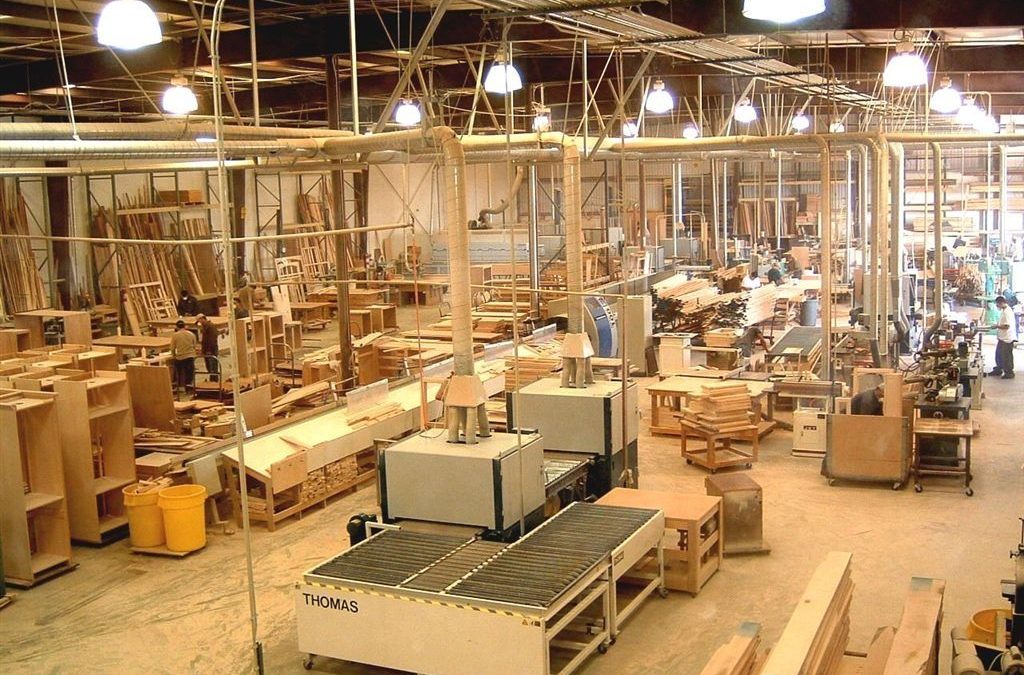
Finally, it is important to consider logistics when exporting outdoor furniture. This includes transportation, warehousing, and distribution. Depending on the size and weight of your products, you may need to work with specialized transportation providers to ensure that your products are delivered safely and efficiently. In addition, you may need to establish partnerships with local distributors or retailers to ensure that your products are available to customers in each market.
5. Developing Effective Marketing Strategies
To thrive in international markets, exporting outdoor furniture requires effective marketing strategies that resonate with the target audience. This section discusses the importance of creating a strong brand identity, crafting localized marketing campaigns, leveraging digital channels, and building partnerships for successful market penetration.
-
Building a Strong Brand Identity:
- Develop a compelling brand story and value proposition that differentiates your outdoor furniture in the international market.
- Maintain consistency in branding elements such as logos, taglines, and messaging across all marketing channels.
- Emphasize unique selling points that align with the target market’s preferences and needs.
-
Localized Marketing Campaigns:
- Tailor marketing messages and visuals to match the cultural, linguistic, and socio-economic characteristics of the target market.
- Collaborate with local influencers, designers, or opinion leaders to endorse and promote the outdoor furniture.
- Adapt advertising and promotional activities to local media preferences and channels.
-
Leveraging Digital Marketing Channels:
- Create an engaging and user-friendly website optimized for international markets.
- Utilize search engine optimization (SEO) strategies to improve visibility in search engine results.
- Leverage social media platforms and targeted online advertising to reach and engage with potential customers.
-
Building Partnerships and Collaborations:
- Establish partnerships with local distributors, retailers, or interior designers to expand market reach.
- Seek opportunities to participate in trade shows, exhibitions, or industry events to showcase the outdoor furniture.
- Collaborate with influencers or complementary brands to amplify marketing efforts and gain credibility in the target market.
Conclusion
In conclusion, exporting outdoor furniture to different markets can be a challenging but rewarding business for manufacturers. Manufacturers can successfully navigate the complexities of international trade and build a thriving export business by understanding the regulatory environment in each market, working with customs brokers and freight forwarders, and adapting to cultural and aesthetic preferences.

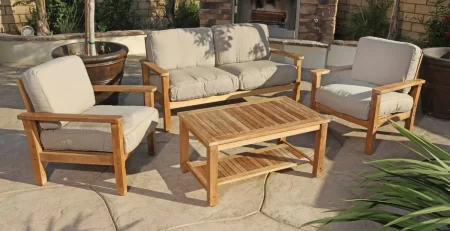

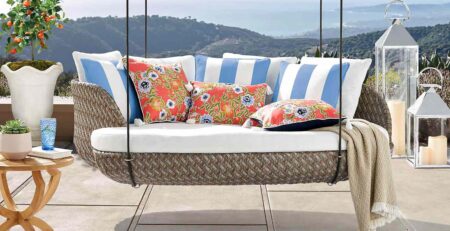
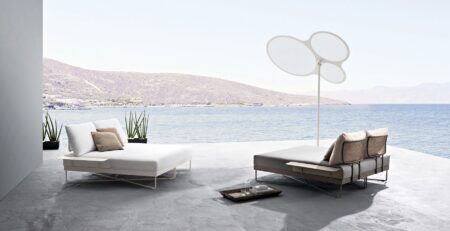

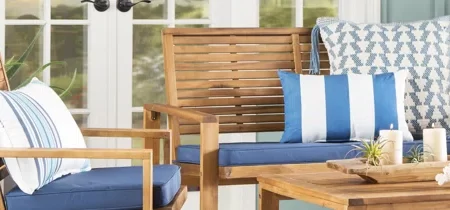
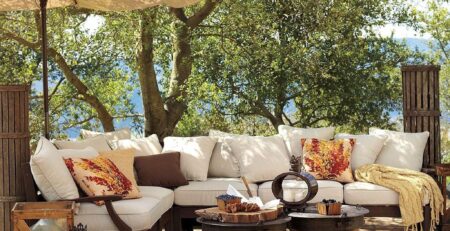
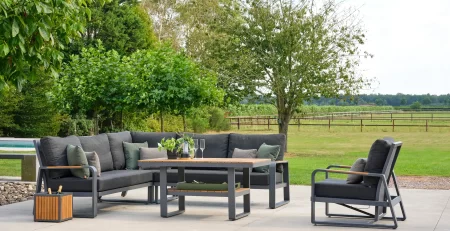
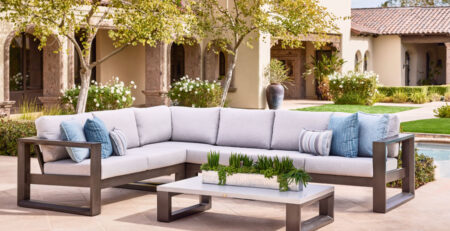
Leave a Reply